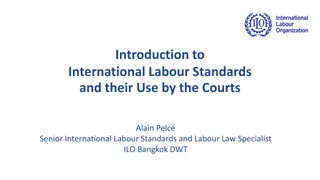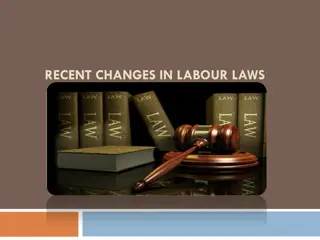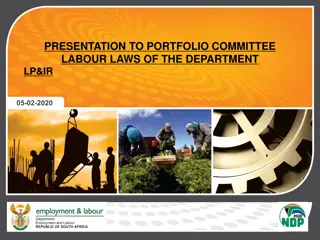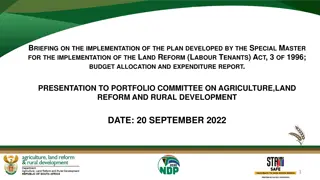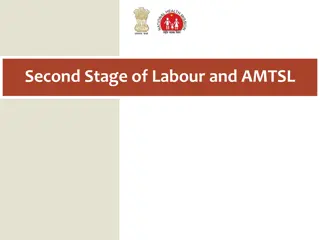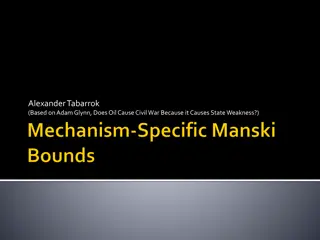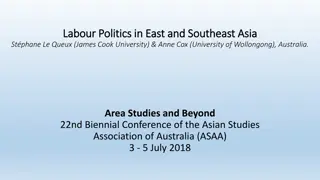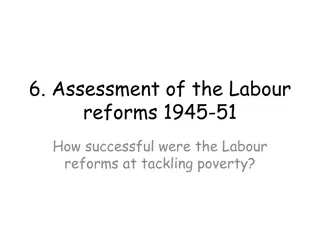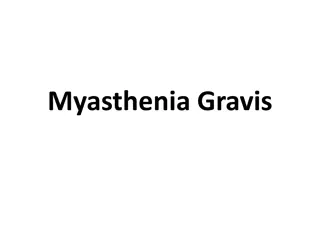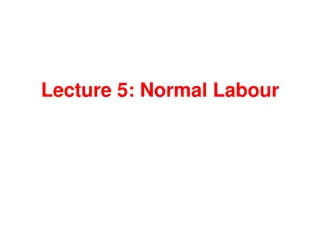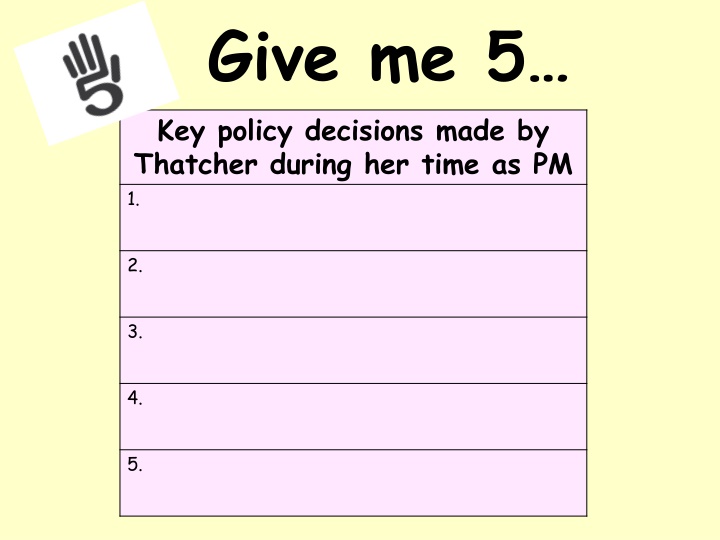
Key Policy Decisions of Thatcher During Her Time as PM
Explore the key policy decisions made by Margaret Thatcher during her time as Prime Minister, analyzing the impact of Thatcherism, Labour's challenges, and the 1983 election. Discover the background leading to the 1979 election and Thatcher's first term struggles and successes.
Download Presentation

Please find below an Image/Link to download the presentation.
The content on the website is provided AS IS for your information and personal use only. It may not be sold, licensed, or shared on other websites without obtaining consent from the author. If you encounter any issues during the download, it is possible that the publisher has removed the file from their server.
You are allowed to download the files provided on this website for personal or commercial use, subject to the condition that they are used lawfully. All files are the property of their respective owners.
The content on the website is provided AS IS for your information and personal use only. It may not be sold, licensed, or shared on other websites without obtaining consent from the author.
E N D
Presentation Transcript
Image result for high five Give me 5 Key policy decisions made by Thatcher during her time as PM 1. 2. 3. 4. 5.
Pro-Thatcherism or very Weak Labour? Overall, it can be seen that the key ideas of Thatcherism resulted in the Conservative wins during the 1980 s. However, there is also need to look at other factors especially as the decade continues. Is it really that Labour were just too weak in the 1980s?
Background to the 1979 election The Labour government that came to power in 1974 (as a minority administration from February and with a wafer thin majority from October) faced difficult economic circumstances, with inflation and unemployment both running at post-war record levels. In April 1976, Prime Minister Harold Wilson was succeeded by Jim Callaghan. By March 1977 Callaghan agreed to a parliamentary arrangement with David Steel and the Liberal Party which became known as the 'Lib-Lab Pact The Winter of Discontent hit and crisis over the Devolution referendum in Scotland all led to a vote of no confidence and a General Election was called.
Thatchers First Term: 1979-83 Margaret Thatcher s first term was not without it s problems. The country was still struggling and the public were still to see the advance to more prosperous times promised by Thatcher when she arrived in Downing Street in 1979. Terrorism and the threat from the IRA to mainland Britain had increased. Britain had become involved in conflict with Argentina over Argentina s occupation of British owned Falkland Islands. There were real opportunities for Labour to get back into power after one term out.
The 1983 Election Thatcher s new opponent was Michael Foot. Despite a rocky first term Thatcher was perhaps saved as the economy was beginning to progress by 1983 and victory was achieved in the Falklands presenting Thatcher as a successful war PM . Party Number of Seats From 1979 Election Percentage of the Overall Vote 42.4 (-1.5) Conservatives 397 +58 seats 27.6 (-9.3) Labour 209 -50 seats 25.4 (+11.6) Liberal 23 +12 seats 1983 Election Campaign
Why Did Labour Fail to Capitalise in 1983? Margaret Thatcher remains PM The Labour party was still struggling to re-build its reputation following the mess it left in 1979. Choice of Leader Michael Foot was credited with holding the party together at it s weakest point but he was poorly presented and was not packaged as a PM in waiting vs. Thatcher who was beginning to embrace key charismatic leadership qualities. Poor Election Campaign shambolic campaign vs. well organised Conservative campaign. BBC review of Michael Foot when he died March 3rd 2010 Labour's 1983 manifesto Conservative Majority 144
Thatchers Second Term: 1983-87 Margaret Thatcher s second term was also not without it s problems. Country was beginning to show real economic progress. For many this was at the expense of manual industries which were in decline Miners strikes (84-85) etc. Thatcher had tightened her grip over the unions. miners strike anti poll tax campaign Threat from the IRA was still prevalent 1984 Brighton Bomb attack during Conservative Party Conference presented this first hand to Thatcher Mid-Cold War Thatcher and her US counterpart Ronald Regan still deep in negotiation with Russia to reduce east-west tension
1987 Election Conservative Majority 102 Margaret Thatcher wins third term Party No of Seats From 1983 Election % of overall votes 42.3 (-0.1) Conservatives 376 -21 31.5 (+3.9) Labour 229 +20 22.5 (-2.9) Liberals/SDP 22 -1
Why Did Labour Fail to Capitalise in 1987? The Labour leader in the 1987 election was Neil Kinnock. Despite issues in her second term Thatcher was perhaps again saved as the economy had improved further and the UK public were feeling this improvement in. The Labour party had worked hard to present itself better than during the 1983 election. Labour had a better Election Campaign had progressed campaign methods to better present the party and its leader. Choice of Leader better Neil Kinnock was a massive improvement on Michael Foot - better presented and was packaged better as a possible PM in waiting . Policies still failed to appeal to the electorate. The Sun was still backing the Conservatives.
Party Policies/ Dominant Ideas of the Party Leader/Leadership Impact of factors on Conservative Party Electoral Performance 1979 - 1987 Media/Media Portrayal State of the Opposition Party




